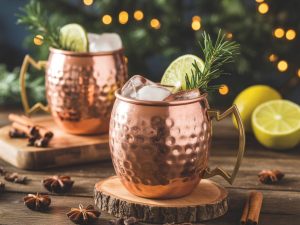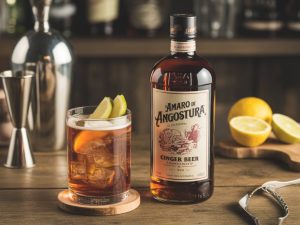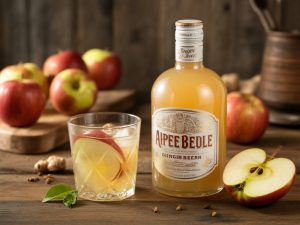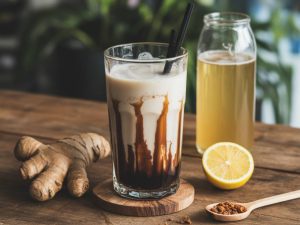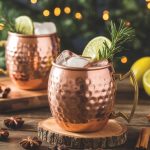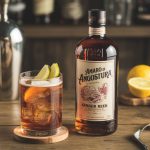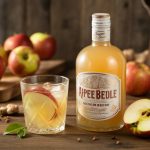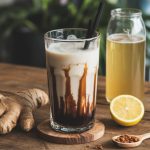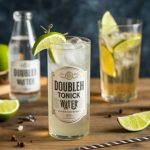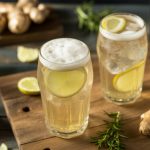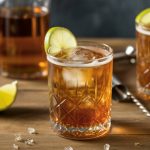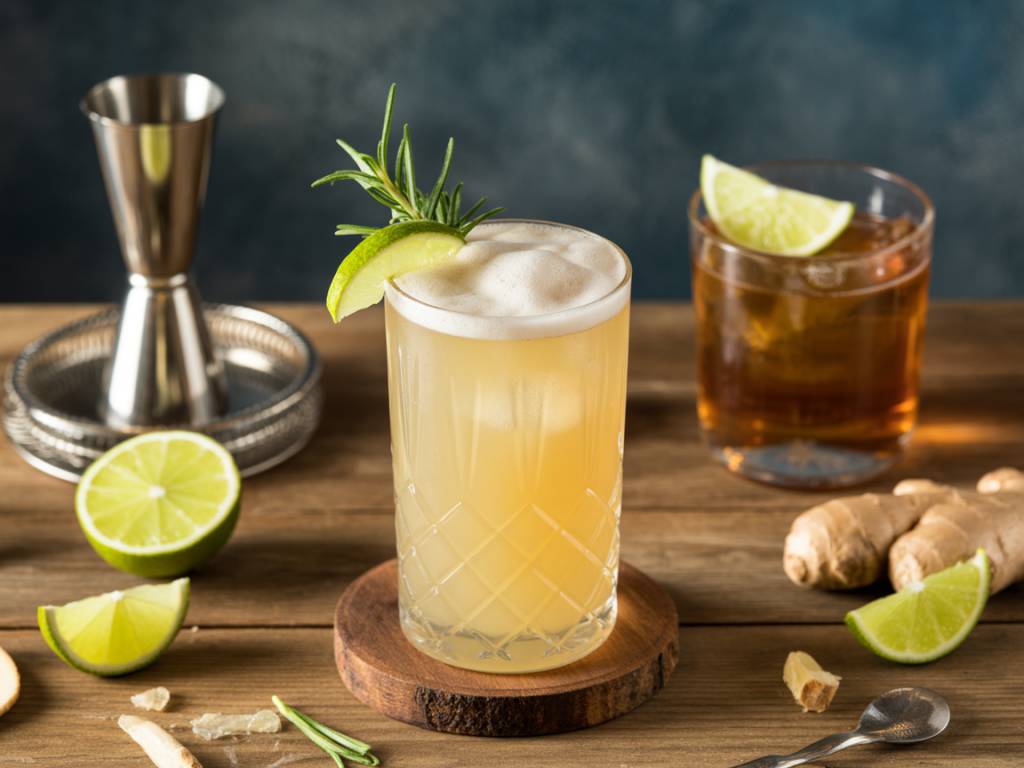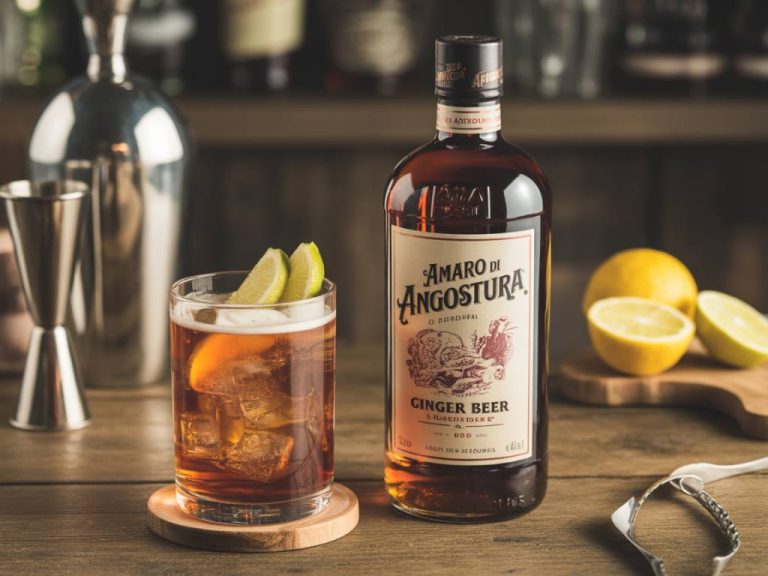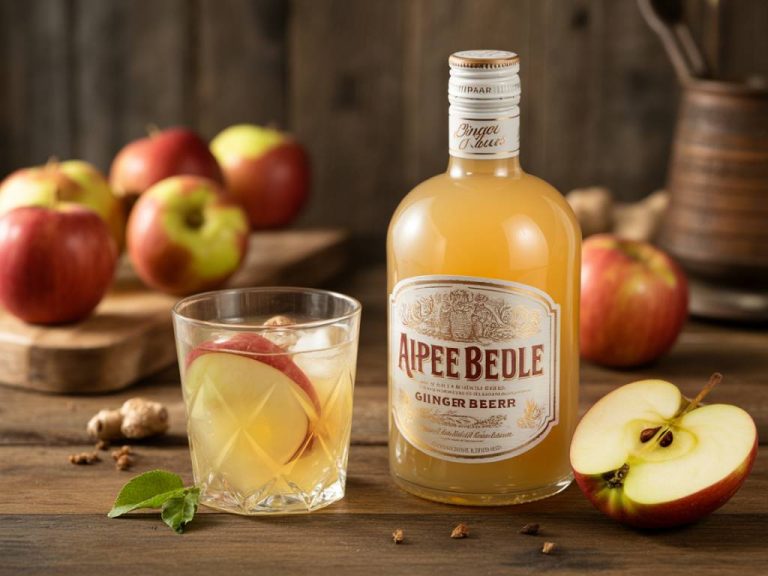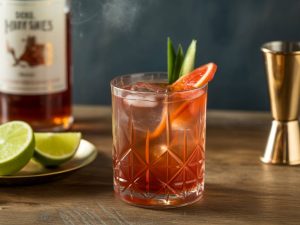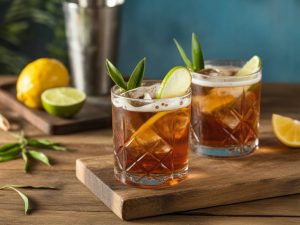Why Ginger Beer Deserves a Spot in Your Cocktail Arsenal
If you’ve ever sipped on a well-balanced Moscow Mule or a spicy Dark ‘n’ Stormy, you’ve already experienced the potent synergy between ginger beer and spirits. But beyond these classics lies a universe of lesser-known, innovative pairings that highlight ginger beer’s unique potential as a cocktail enhancer.
Unlike ginger ale, ginger beer isn’t just sweet and fizzy — it brings body, spice, and complexity. Its sharp, fermented zing can amplify a spirit’s subtleties and cut through richness or sweetness with finesse. This makes it a versatile base or topper for building inventive cocktails across a wide spectrum of flavor profiles.
The Science Behind the Spice: Why It Works
Let’s first dissect what makes ginger beer such a mixology asset. Real ginger beer (preferably craft, with natural fermentation) contains gingero-chemicals like gingerol and shogaol. These compounds not only contribute to ginger’s signature heat but also affect how we perceive flavor in cocktails.
The heat stimulates our trigeminal nerve (the same one that reacts to chili), enhancing mouthfeel and sensory perception without adding sugar or alcohol. In simpler terms? Ginger beer makes drinks taste more alive.
Pairing Rules: What Plays Well with Ginger Beer?
Ginger beer is bold and spicy, so it demands partners that can either match its intensity or balance it. Here are a few pairing principles I use in my home bar and lab:
- High-ester rums, peated whiskies, and herbal gins amplify its heat and aromatic complexity.
- Citrus (especially lime, yuzu, and grapefruit) tempers the spice and brightens the profile.
- Bitters and shrubs layer acidity and depth underneath the effervescence.
- Fruit liqueurs (like apricot, cherry, or cassis) offer contrast and softness to round out the spice.
- Fermented or umami-forward ingredients (think miso syrup or soy caramel) can take ginger beer cocktails into truly surprising territory.
Three Elevated Ginger Beer Cocktails You Probably Haven’t Tried (Yet)
The Kyoto Storm
An exploration of East meets West, this cocktail pairs the botanicals of Japanese gin with ginger beer and a whisper of umami.
- 45 ml Japanese gin (I recommend Ki No Bi or Roku)
- 10 ml lime juice
- 5 ml white miso syrup (1:1 miso paste and sugar blend, diluted)
- Top with chilled ginger beer
Build in a highball glass over clear, rigid ice. Stir gently to integrate. Garnish with a shiso leaf or a thin strip of cucumber.
Smoke Signal
This is what happens when a Penicillin cocktail and a Moscow Mule walk into a mezcal bar.
- 30 ml mezcal
- 15 ml blended Scotch
- 15 ml honey-ginger syrup
- 10 ml lemon juice
- Top with dry ginger beer
Shake mezcal, Scotch, honey-ginger syrup and lemon juice with ice. Strain into a double Old Fashioned glass with fresh ice. Top and stir gently. Garnish with candied ginger on a pick.
Tangier Mule
Inspired by the Moroccan souks, this mule variant holds layers of citrus and spice with a cooling finish.
- 45 ml aged rum
- 5 ml orange blossom water
- 20 ml carrot juice
- 10 ml lemon juice
- 2 dashes Moroccan bitters (or regular aromatic bitters)
- Top with ginger beer
Shake all ingredients except the ginger beer with ice. Strain over crushed ice in a tin cup or tall glass. Top and garnish with a mint bouquet and grated cinnamon.
Batching with Ginger Beer: Not as Simple as It Sounds
One caveat that many cocktail enthusiasts only discover the hard way: ginger beer doesn’t batch well over time. Its carbonation dissipates, and oxidation mutes the spice. So if you’re prepping cocktails for a crowd, assemble everything except the ginger beer ahead of time, keeping it chilled and sealed. Add ginger beer à la minute — ideally decanted from small bottles for maximal bubble retention.
Also consider that ginger beer’s sweetness and carbonation levels vary wildly between brands. A Fever-Tree or Q Mixers version will impact your drink differently than a more pungent, cloudy variety like Fentimans, Bundaberg, or a homemade brew. Always taste and adjust dilution or acid content accordingly.
Homemade Ginger Beer: The X-Factor You Didn’t Know You Needed
Let’s talk home ferments. Whether for full control over sweetness and spice, or just for the thrill of capturing wild yeast, making your own ginger beer at home opens creative floodgates.
My go-to base recipe uses a simple ginger bug (a wild fermentation starter of grated ginger, sugar, and water) that yields a delightfully funky, dry ginger beer in 4–5 days. You can increase fermentation time for higher carbonation and attenuation, or add ingredients like lemongrass, kaffir lime leaf, or pink peppercorns for further nuance.
The added bonus? Saponins and polyphenols from real ginger root — which not only enhance flavor but also bring actual digestive benefits to your cocktails.
Non-Alcoholic Innovation with Ginger Beer
The low-ABV and no-ABV category isn’t going anywhere — and ginger beer is a cornerstone of that movement. Whether it’s a zero-proof Mule or a spritz-style refresher, it lends structure and intrigue to non-alcoholic drinks.
One of the best N/A pairings I’ve tested recently blends ginger beer with verjus rouge (unfermented grape must), a splash of elderflower cordial, and a drop of saline solution. Complex, bright, and grown-up — no ethanol required.
Final Thoughts: Drink Boldly, Experiment Often
Ginger beer isn’t just a mixer — it’s a catalyst. Its bold profile asks you to take risks, rethink your ratios, and experiment with spice-forward ingredients that usually stay in the pantry. So whether you’re a seasoned bartender or an at-home experimenter like me, consider this your call to artistic arms.
Keep your palate curious, your ice clear, and your ginger beer cold. The next great cocktail fusion might just be a pour away.

